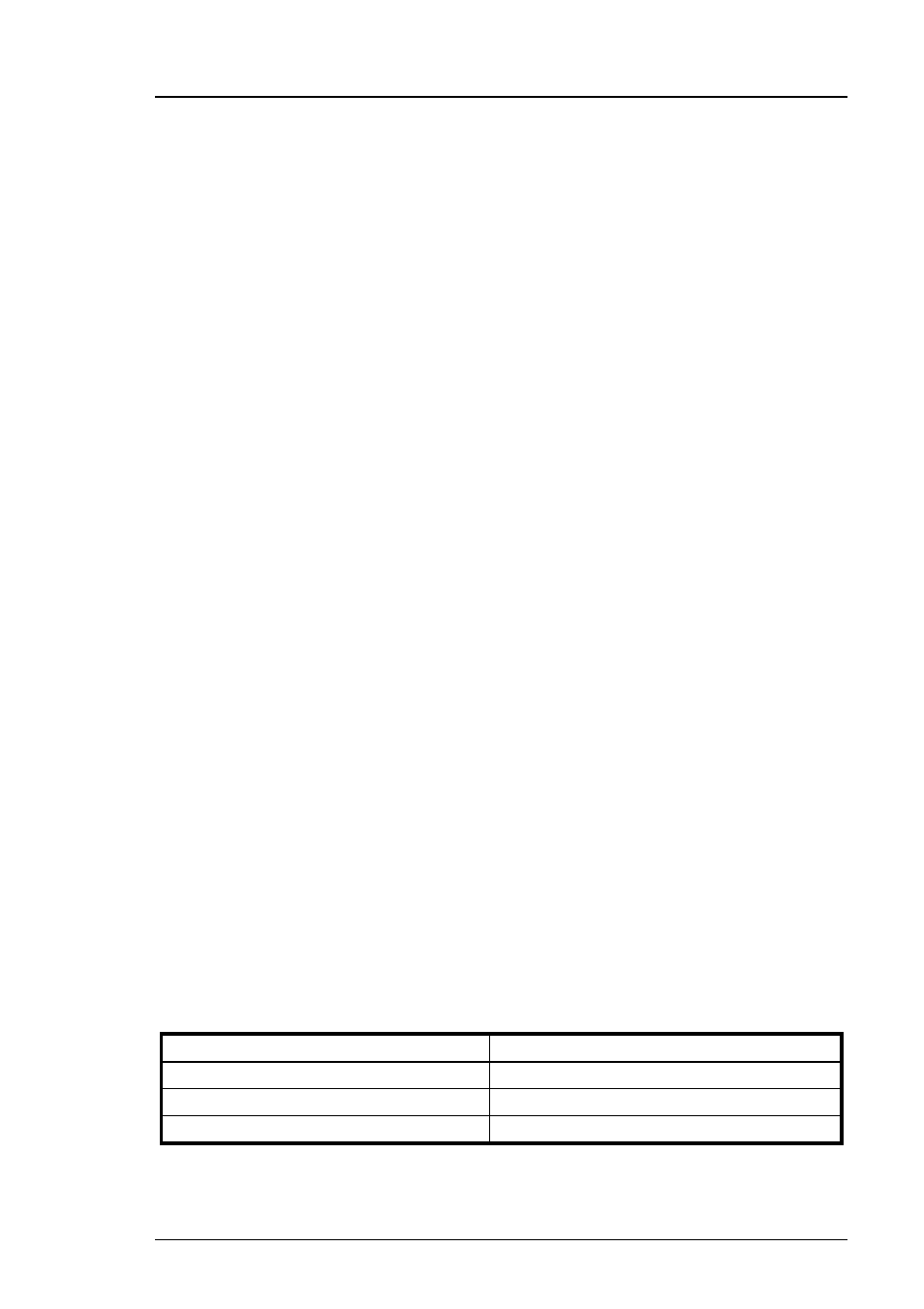Simple mix structure, Input bunches – Grass Valley Imagestore 750 v.2.0.1 User Manual
Page 223

Imagestore 750 User Manual
Audio Mix Files
Miranda Technologies Inc.
Page 223
Simple mix structure
This example show the mix structure needed to create a stereo data path.
# Creates a stereo data path using AES input 1 as A,
# AES input 2 as B and AES output 1 as the result.
StartMix
"DataPathL"
AddToMix
AES_I_P1_L
A_DATA_XP
AddToMix
AES_I_P2_L
B_DATA_XP
OutputMix
AES_O_P1_L
EndMix
StartMix
"DataPathR"
AddToMix
AES_I_P1_R
A_DATA_XP
AddToMix
AES_I_P2_R
B_DATA_XP
OutputMix
AES_O_P1_R
EndMix
Input Bunches
AddToMix <Source> <GainType> <InputProfile> <MixDown>
To provide better management of multi-channel inputs, the concept of Input
Bunches has been introduced. The rationale for this is to use Automation
Commands and the User interface that already exist for finite audio
configurations. Four Input Bunches are available and these correspond to the
four mono input channels that were available on Imagestore 2. When a
command is sent that was intended to target a certain input channel, it will be
interpreted as a command to target the corresponding Input Bunch and all
audio channels in the Input Bunch will be similarly controlled.
To indicate that a specific crosspoint should be associated with a specified
bunch, a number of new GainType specifiers have been added.
A_DATA_XP_1
A input data path input bunch 1
A_DATA_XP_2
A input data path input bunch 2
A_DATA_XP_3
A input data path input bunch 3
A_DATA_XP_4
A input data path input bunch 4